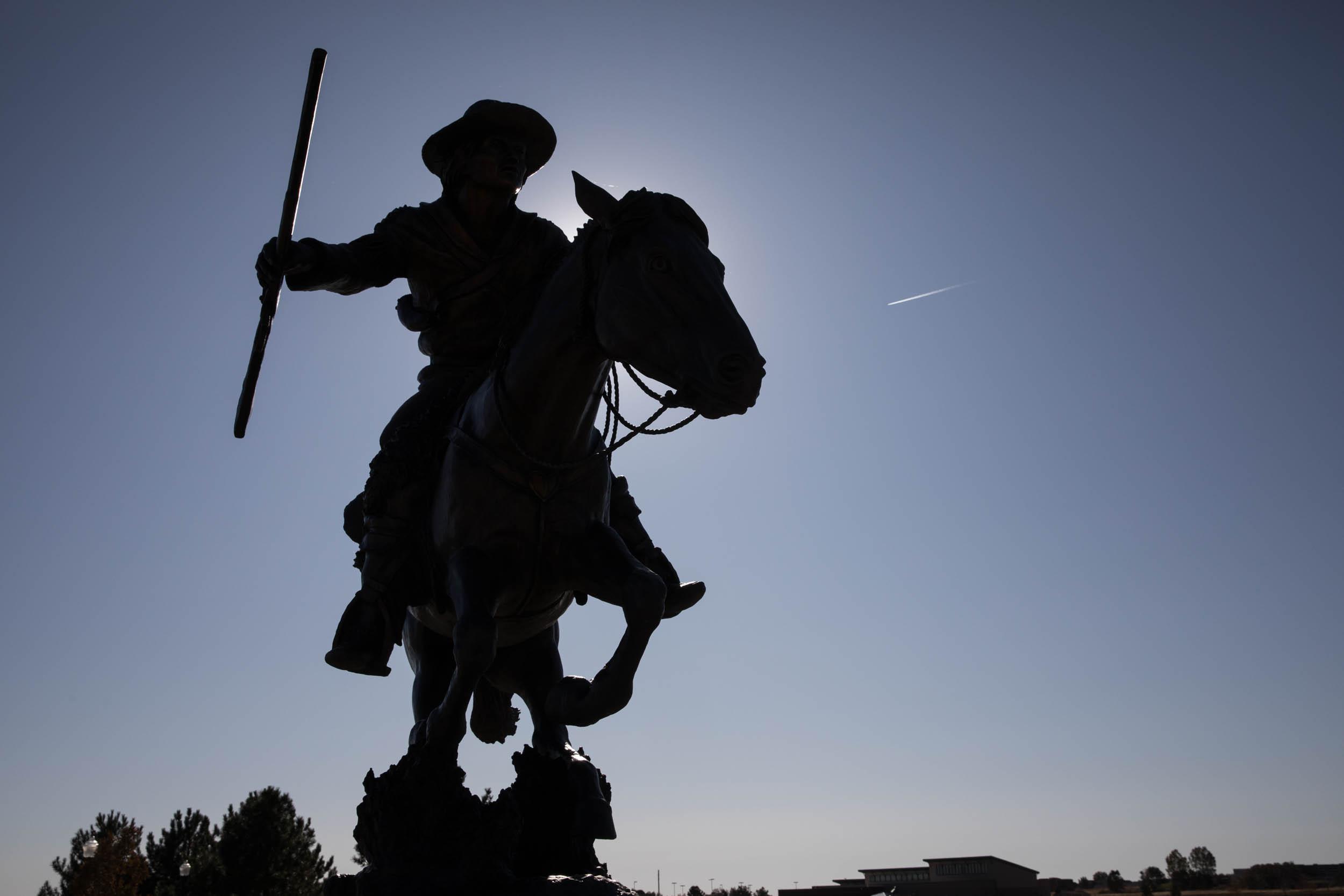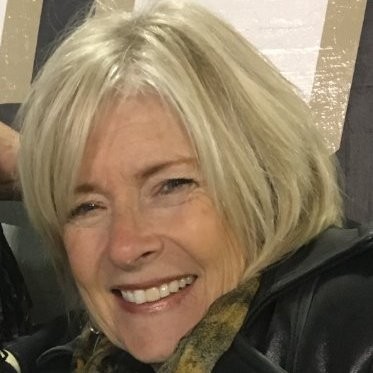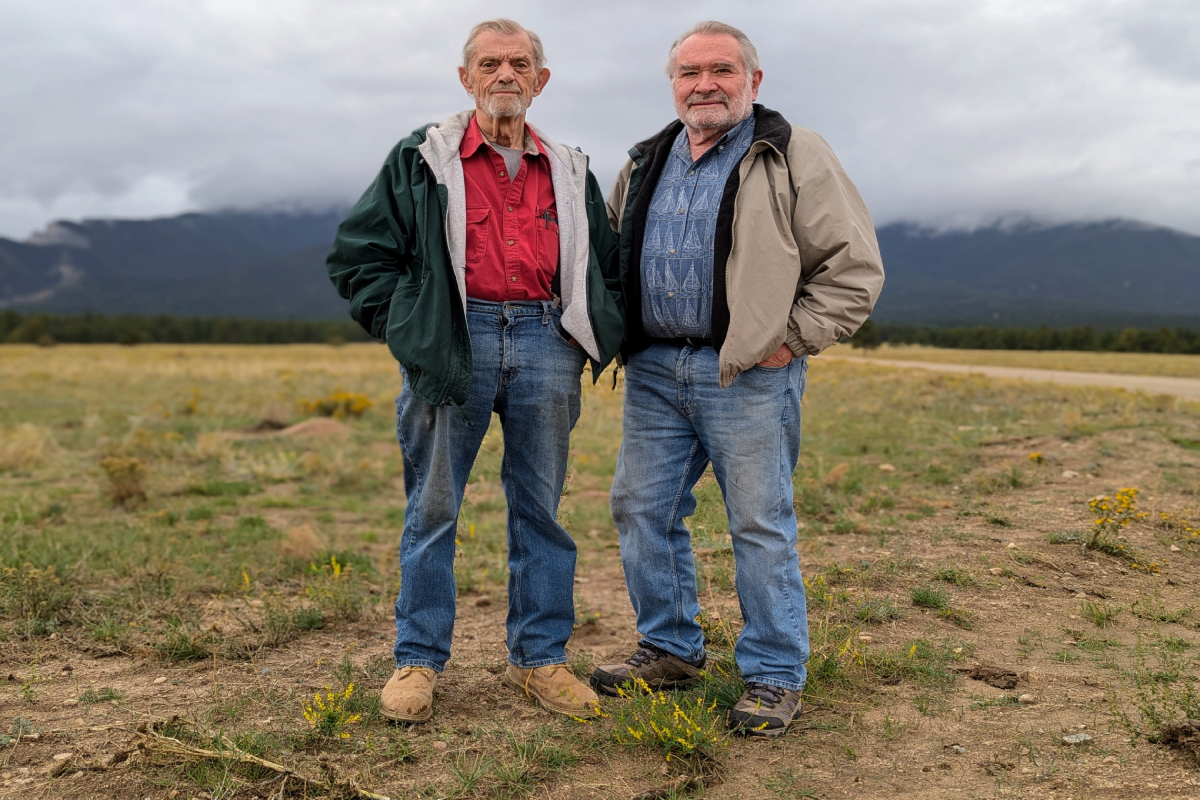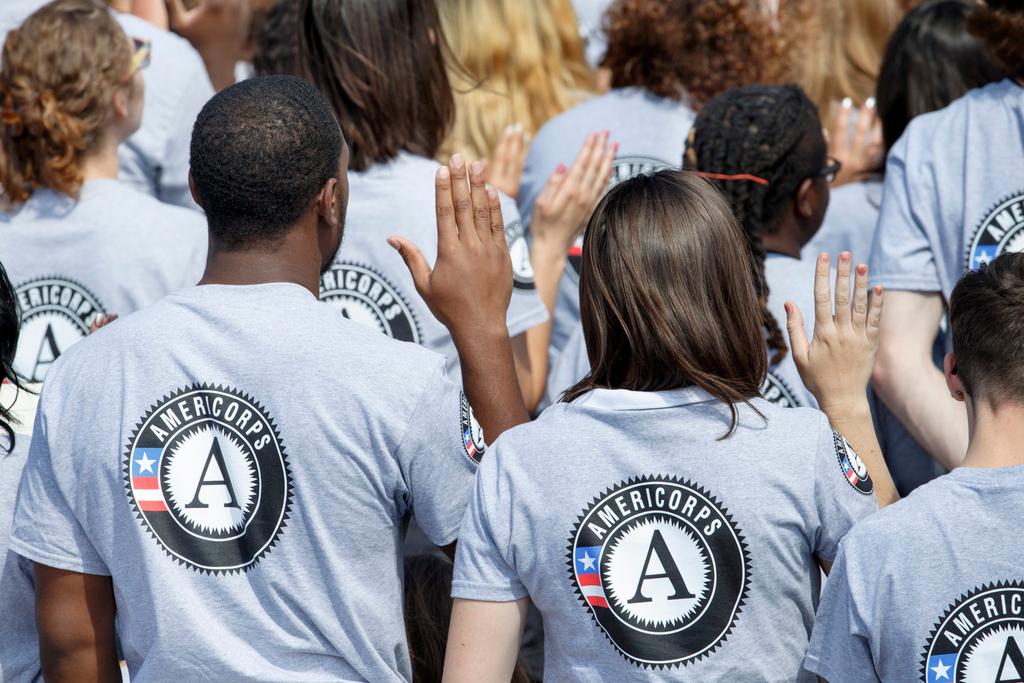
Historians predict that more statues of famous people like Christopher Columbus, Jefferson Davis and Robert E. Lee will tumble throughout the South. Controversy over monuments, statues and memorials is not new, but historians say this may be a watershed moment during which cities and states realize change is necessary.
Colorado has also been touched by the moment, as the Civil War statue of a Union soldier which stood in front of the state capitol and a Columbus memorial in Civic Center Park were toppled by protesters. The nearby Kit Carson statue that sat atop the Pioneer Monument Fountain was pre-emptively removed by the city of Denver mere hours after the second statue was knocked down.
Additionally, there was major tension in Pueblo last Sunday as protesters and counter-protesters clashed over the landmark Columbus statue there.
“There was some movement in the tumult of the ‘60s, but it was a one-step-forward-one-step-back process,” Regis U.S. history professor and vice-provost for diversity Nicki Gonzales. “This feels different because people from marginalized groups have louder and more powerful voices today. It’s worldwide. And it comes at a confluence with the pandemic.”
This time, people seem more open to discussing the reason behind the memorialization of certain images. To put that in context, Gonzales often thinks “of statues and monuments as a timestamp of a present moment in the past.”
“They're built by the people and the groups whose voices were the loudest and the most politically and economically powerful at the time,” she said. “It's a story that often serves their sense of themselves and of others. That means that histories of entire groups and peoples are lost and silenced.”
Statues that have stood for years to memorialize the South are toppled by the day. The Confederate Soldiers and Sailors statue in the former capital of the Confederacy, Richmond, Virginia, has been removed. Its demise comes on the heels of Richmond Mayor Levar Stoney using his emergency powers to order all Confederate statues to come down. At the beginning of July, construction crews removed Stonewall Jackson and Matthew Fontaine Maury from Richmond’s Monument Avenue, and a statue of Gen. J.E.B. Stuart followed it into storage.
Gonzales agrees with the removals, as she feels these statues romanticize an illegitimate federal government.
“Confederate statues are in a separate category. Those people were traitors. They had seceded. They fought against the United States. There’s no place for memorializing Confederates.”
In Colorado, as the Civil War ended, conflicts between colonists and American Indians were heating up; thus our statues and memorials reflect a Wild West narrative that heralds the victors of those wars: white settlers. The idealized view of how the West was won was told to us in movies and in school books and now Gonzales notes that it’s being destroyed along with the objects built to support it.
“The traditional narrative of American Western history is one of a gradually moving frontier line moving westward to civilize a very uncivilized land,” she said. “There's a challenging of that, which has gone on in academia for decades, but which is now playing out in some very visible ways in our public art and public history memory.”
The story of the assembling of the Kit Carson Pioneer Monument near The Denver Post building in Denver is held up by Gonzales as a perfect example of how white establishment hijacked history.
“The artist was a man named Frederick Macmonnies who was internationally acclaimed. In 1911, he wanted to put a very noble-looking American Indian warrior on top of that statue,” she said. “It was such a racist and anti-Indian climate at the time, the city rebelled, and would not support that. And so in the end the compromise was a statue of Kit Carson.”
Carson may have been known as a frontier legend but he was also a U.S. Army Officer, and wilderness guide who married two American Indian women. Carson played a part in what became known as the “Long Walk,” when Navajo the were forced to relocate from their homelands to Fort Sumner.
Gonzales said this moment is not about erasing history, rather about revealing the whole truth.
“Humans are complicated. We can venerate and we can memorialize with visuals, but context is everything,” said Gonzales, who added that statue-toppling in America is not over. “The process will probably continue into the future as we continue to debate our past and add to the inclusive nature of our historical narratives.”








